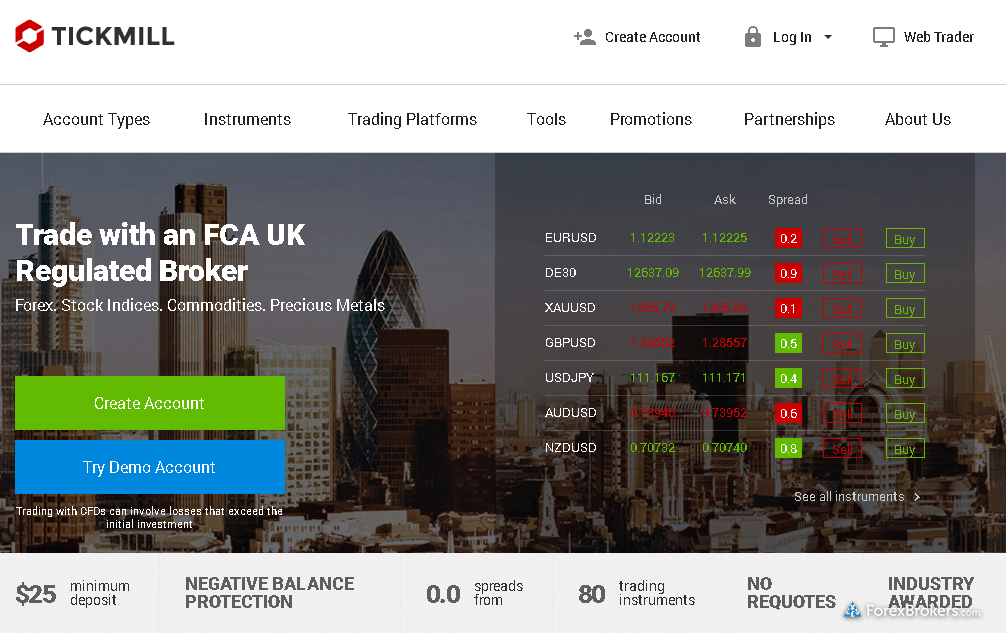Contents
For further information about Moomoo Financial Inc., please visit Financial Industry Regulatory Authority ’s BrokerCheck. Brokerage accounts with Moomoo Financial Inc. are protected by the Securities Investor Protection Swfx Sentiment Index Corporation . Moomoo Financial Inc. is a member of Securities Investor Protection Corporation , which protects securities customers of its members up to $500,000 (including $250,000 for claims for cash).

We will drop the data point belonging to the 21st as our objective is to calculate the latest 5-day average. The EMA crossovers play an important role in this along with the nearshore software development company RSI and MACD. If the EMAs are far away from each other on the daily and the RSI is showing a stock is oversold then being extra vigilant as to what the EMAs are doing.
Applications of EMA
To construct a moving average ribbon, simply plot a large number of moving averages of varying time period lengths on a price chart at the same time. Common parameters include eight or more moving averages and intervals that range from a two-day moving average to a 200- or 400-day moving average. An exponential moving average places more mathematical weight on more recent trading days. The closer to the present day, the more accurately the EMA indicates the recent price trend.

However, this indicator can be applied to other types of price data , volume data, or even other indicators. The example below shows a chart with a 50-day SMA applied to the volume bars, and a 20-day EMA applied to the RSI indicator. The first day of the moving average simply covers the last five days.
As an investor, you can customize the time frame for the moving average you want to calculate. The average calculated on this scaled set of numbers gives us the Exponential Moving Average . I deliberately skipped the EMA calculation part, simply because most of the technical analysis software lets us drag and drop the EMA on prices. Hence we will focus on EMA’s application as opposed to its calculation.
Exponential Moving Averages (EMA) vs. Simple Moving Averages (SMA)
Moving average is a technical indicator used for understanding the price data over a specified period. It creates an updated average price by taking the data over a specific number of days in the past. The shorter the length of the MA, the fewer data points are included in the moving average calculation, and therefore, the moving average price stays closer to the current price. However, the longer the length of the MA, the more data points are included in the moving average calculation, which means the less any single price can affect the overall average. Irrespective of the asset class for intra day trading I would advice 10 or 15 mins charts..as longer the time duration is longer, the more reliable is the trading signal. Going by the same logic, I would advice you to use slightly longer term MA cross over for better accuracy.
Moving averages can be used to identify trend direction or define potential support and resistance levels. They also form the building blocks for many other technical indicators and overlays, such as Bollinger Bands, MACD and the McClellan Oscillator. Before the EMA calculation, you will have to figure out the SMA and the weighted/smoothing multiplier of the previous EMA.
SMA vs EMA for Swing Trading
If you’d like to join our community and gain access to our members only videos on exactly how we trade EMA’s, candlesticks and trend lines you can join our community. Yes, it’s really all you need and every week I add a new video with the how to trade symmetrical triangle best setups for the next days. No signals but I break down the whole Forex market and share what I am interested in trading. During ranges, the price fluctuates around the moving average, but the outer Bands are still very important.
All moving averages, including the EMA, are not designed to identify a trade at the exact bottom and top. Moving averages may help you trade in the general direction of a trend, but with a delay at the entry and exit points. Each trader must decide what moving average is better for their particular strategy. For example, many shorter-term traders use EMAs because they want to be alerted as quickly as possible of any price movements the other way. Longer-term traders, on the other hand, tend to prefer SMAs because they’re not in a rush to act and can be less actively engaged in their trades.
However, if you need help, you can visit our next lesson on how to add technical indicators to MetaTrader 4. The shorter moving average takes a lesser number of data points to calculate the average, and hence it tends to stick closer to the current market price and therefore reacts more quickly. A longer moving average takes more data points to calculate the average, and hence it tends to stay away from the current market price. The moving average can be used to identify buying and selling opportunities with its own merit. When the stock price trades above its average price, it means the traders are willing to buy the stock at a price higher than its average price. This means the traders are optimistic about the stock price going higher.
This overlay can be found in the Overlays section on the P&F Workbench. An optional parameter can be added to specify which price field should be used in the calculations – “O” for the Open, “H” for the High, “L” for the Low, and “C” for the Close. The chart below shows IBM with the 50-day SMA in red How To Start Investing Money For The First Time and the 50-day EMA in green. Both peaked in late January, but the decline in the EMA was sharper than the decline in the SMA. The EMA turned up in mid-February, but the SMA continued lower until the end of March. Disclosure of sensitive information would be as per the terms agreed by the clients.
One type is not necessarily better, and your preferred trading strategy will usually determine which method will best suit you. The 12- and 26-day EMAs are often the most quoted and analyzed short-term averages. They can be used to create indicators like the moving average convergence divergence and the percentage price oscillator .
- I would wait for a retracement on low volumes to enter a position.
- It is a “Moving Average” because this calculation is constantly moving by updating the average with the last price of a stock.
- The major difference between an EMA and an SMA is the sensitivity each one shows to changes in the data used in its calculation.
- However, a shorter MA will suffer from less lag than a longer MA.
- Sometimes, moving averages are also calculated using other parameters such as high, low, and open.
Moving Averages are a technical indicator used to determine the average price of a stock over a set period of time. On the price chart, the moving average is displayed as a line that smoothes out stock price data. Because the price action is all smoothed out, many stock traders believe that it is a good indication of the trend direction. The 12- and 26-day exponential moving averages are often the most quoted and analyzed short-term averages.
What is the difference between an SMA and an EMA?
Neither our company, nor its directors, employees, trainers, or coaches shall be in any way liable for any claim for any losses or against any loss of opportunity for gain. The trading avenues discussed, or views expressed may not be suitable for all investors/traders. Since EMA depends on historical data, several arguments are present about its efficiency. Therefore, the historical data might not be useful for finding a future direction.
If it is moving up, the short-term trend is bullish, and vice versa. Commodity and historical index data provided by Pinnacle Data Corporation. The information provided by StockCharts.com, Inc. is not investment advice. Moving average overlays can also be added to other technical indicators like RSI, CCI, and Volume. Click the “Advanced Options” triangle next to the indicator, and select a moving average from the Overlay dropdown menu.
Chartists interested in medium-term trends would opt for longer moving averages that might extend periods. Long-term investors will prefer moving averages with 100 or more periods. A 10-day moving average will hug prices quite closely and turn shortly after prices turn. Short-term moving averages are like speedboats—nimble and quick to change. In contrast, a 100-day moving average contains lots of past data that slows it down.
All types of investments are risky and investors may suffer losses. Past performance of investment products does not guarantee future results. The responsiveness of the trading system may vary due to market conditions, system performance, and other factors. Account access and trade execution may be affected by factors such as market volatility. Similarly, there is a bullish crossover where the fast-moving average crosses the slow moving average from below. Remember that these are some of the tools that exist in trading to help you analyze the financial markets.
For ease of comparison, I have reproduced the BPCL’s chart with a single 50 day MA. Here is another example of BPCL, where the MA system suggested multiple trades during the sideways market; however, none of them was really profitable. However, the last trade resulted in a 67% profit in about 5 months. We stay invested by the trading system till we get an exit signal, which we eventually got at 187, marked as This trade generated a profit of Rs.22 per share. Moving forward, the next day, i.e. 28th July we have a new data point. This implies now the ‘new’ latest 5 days would be 22nd, 23rd, 24th, 25th and 28th.
